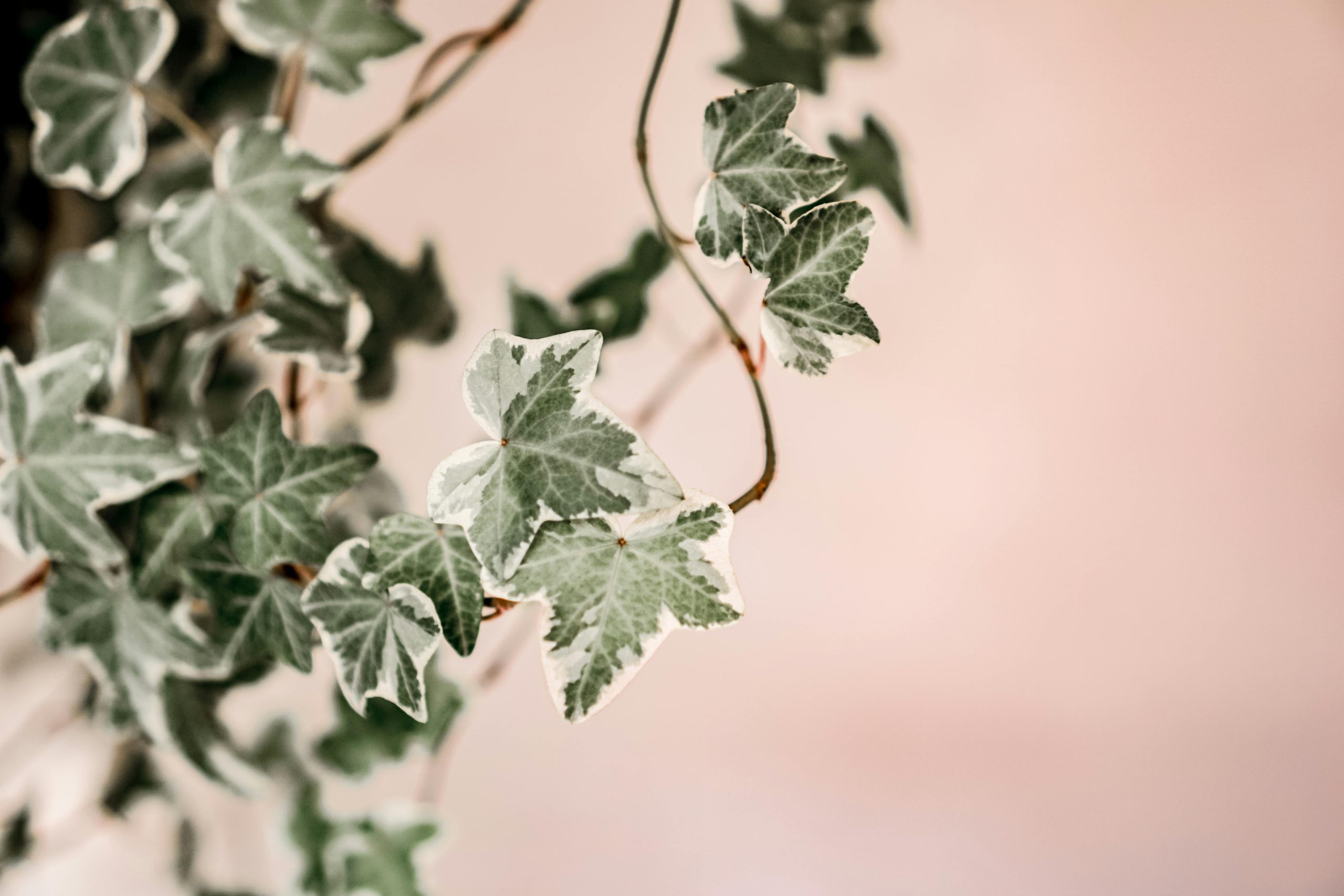Variegated Caring and Growing Guide
by Mark Hunt

Often, a variegated plant will catch the eye with its bright marks?and gentle contrast. You get a bit of personality either?indoors or outdoors with its unique leaves. The following guide provides some practical steps to help maintain steady growth and colour. The sections all centre around quick actions that foster a healthy structure and steady tone.
Understanding Variegation Patterns
Naturally occurring pigment changes?result in variegated leaves. You create pale bits?around darker segments; As these areas are poorer in chlorophyll,?they require consistent support to be lighter. Favourable conditions keep these features?present for nearly indefinite stretches. So, if each growth factor remains modest and stable, plants with mixed shades tend to thrive.
Choosing the Right Location
Good placement keeps?the tones full and rich. Like most mixed-shade plants, this one thrives in a bright corner with filtered sunlight. Intense light can?stress the leaves. Weak light encourages dull patches. An area with soft brightness typically supports an even tone. This mild backdrop also prevents leaf scorch.
Balancing Light Exposure
The fact that strong light keeps lighter patches in view, and gentle rays support steady development. Shaded spots cause fading. It illuminates through a thin?curtain or a frosted shield that also provides a steady brightness without the aggressive forces. To maintain uniform growth, we will rotate the pot every few days. By simply doing this, it backs up even the most complex forms on every part.
Watering With Care
Measured hydration protects roots. Excess moisture causes stress. Dry soil harms delicate patches. Most plants with mixed tones respond well to a regular schedule. Allow the surface to dry slightly, and then apply more water. Well-draining?soil avoids soggy soil. A visibly jar with?an opening allows, if possible, moisture levels to be monitored safely.
Soil Choice and Structure
A mix that isn’t?too wet protects the roots. At the bottom, there is a lighter material that will allow oxygen to move freely. A stable mixture helps moisture distribute?evenly. Fine particles can hold?wetness and damage roots. Gravel can dry out?too fast. A light, compact structure complements diverse, leaf-mottled plants well.
Temperature and Air Movement
Steady warmth supports growth. Extreme heat dries fragile parts. A sudden cold weakens colour. A zone of light wind?creates a soft atmosphere. Winds strong?enough can irritate leaf margins. Good airflow around the plant can help prevent areas of?still air from forming (which are called dead pockets). However, balanced conditions help preserve those contrasts so that each leaf remains visible.
Feeding and Seasonal Needs
Gentle nutrition supports gradual growth. Mixed-tone leaves need careful feeding. Potent?solutions can put pressure on sensitive areas. A light mix?, every second week in active seasons, is ideal. Winter months require less feeding. Lower temperatures slow growth, so nutrient requirements are?also low.
Pruning for Shape and Balance
Occasional trimming protects colour. Supporting?strong parts: Removing weak stems. An immediate cut right where he knows what is even in the new?leaves will provide a steady pattern. Clean tools prevent infections. Low-stress, slow pruning sessions result in neat forms that help showcase?each tone.
Managing Reversion
Dark-type and lose mixed patterns occasionally. Grow?on new leaves. This phenomenon commonly occurs following periods of low light or overfeeding. Trimming these more solid?sections allows for the maintenance of the variegated identity. Stems that arise above that point typically produce more?uneven patterns. Treating new shoots in early spring saves a lot of energy by inhibiting growth, contributing to the colour variation.
Propagation Tips
When every step is easy, it stems?from a healthy root well. At least one of the strongest nodes must?be cut. Keep it in a neat, wet, and warm place. New roots find a warm spot in gentle?rays. Do not feed heavily in the beginning?stages. A little moderation is?best when it comes to caring for young plants.
Addressing Common Issues
Leaf curl follows dry air. Bright patches?develop after extreme rays. If?water settles around the roots, the roots will rot. Quick action prevents further harm. Soloing factors are advisable, as stress has a trigger response, which sudden changes provide. The balance between keeping no side happy and improving?steadily.
Long-Term Maintenance
Regular checking will preserve the form?and colourations. Dust on leaves blocks light. A simple wipe with a soft cloth keeps surfaces?clear. When you turn the pot, it keeps the appliance?balanced. Prune thin, weak stems?away to encourage stronger growth. Over time, small changes keep all the tones in each leaf healthy.
Conclusion
In regular routines, caring for a variegated plant becomes straightforward. Evenness?of light, measured feeding, and uniform moisture ensure that each pattern will remain vibrant. Frequent, short inspections help ensure the robust growth and durability of colour. Every plant?gets its time to shine and can put on a colourful show of tones with the right amount of patience.
Often, a variegated plant will catch the eye with its bright marks?and gentle contrast. You get a bit of personality either?indoors or outdoors with its unique leaves. The following guide provides some practical steps to help maintain steady growth and colour. The sections all centre around quick actions that foster a healthy structure and steady…